Bridges in Istanbul
Bridges in Istanbul
When two cities are divided by a strait, there are sure to be a few bridges that link them and pull the eye in. The Asian and European sides of Istanbul, as well as Fatih, are linked by bridges that have become iconic visual symbols of the city.
The Bosphorus Bridge
This gravity-anchored steel suspension bridge was constructed between 1970 and 1973 and was renamed the ‘15 July Martyrs Bridge' this year to commemorate the civilian casualties who fought the attempted coup. Today, about 180,000 cars pass in both directions on a daily basis. There are eight lanes on the bridge roadway. Each direction has three normal lanes, one emergency lane, and one pedestrian lane. The majority of commuter traffic goes westbound to Europe on weekday mornings, thus four of the six lanes are dedicated to westbound traffic and just two to eastbound traffic. On weekday nights, on the other hand, four lanes are devoted to eastbound traffic and two lanes are dedicated to westbound traffic.
Fatih Sultan Mehmet Bridge .
The FSM Bridge, also known as the "Second Bosphorus Bridge," opened in 1988 and was named after Ottoman Sultan Mehmet the Conqueror, who captured Constantinople in 1453. The bridge connects Istanbul Hisarüstü (European side) with Kavacik (Asian side) (Asian side). It's a steel-pyloned suspension bridge with vertical hangers that's gravity-anchored. Double vertical steel wires support the aerodynamic deck. It is 1,510 meters in length and has a deck width of 39 meters. The primary span distance between the towers is 1,090 meters, and their height above road level is 105 meters. The bridge has a clearance of 64 meters above sea level.
Sultan Selim Bridge
The Yavuz Sultan Selim Bridge, was opened in recent years at the Black Sea entry of the Bosphorus, links Garipçe on the European side with Poyrazköy on the Asian side. The hybrid cable-stayed suspension bridge is seen as a forerunner of an urbanization boom, which threatens the city's green spaces and wetlands, which provide the majority of the city's drinking water.
The Golden Horn Metro Bridge
The Golden Horn Metro Bridge, one of the city's newest structures, was completed in 2014 and links the Beyoglu and Fatih districts through the M2 line. During construction, the steel cable-stayed bridge sparked considerable debate since it altered the skyline of the city's historic district. The bridge project was first included in the general agenda in 1952. The Metropolitan Municipality issued a construction proposal for the metro bridge crossing the Golden Horn after the city's Monuments Protection Board approved the metro line and the tunnels related to the metro line were completed.
Galata Bridge
The Galata Bridge, which spans the Golden Horn and was constructed in the 19th century, has been portrayed many times in Turkish literature and drama. The rows of fishermen on either side of this steel bascule bridge, as well as the balk ekmek (fish sandwich) eateries that line the bottom part, have become iconic images of Istanbul. The Galata Bridge was a symbolic link between the traditional city of Istanbul proper, which housed the imperial palace and the empire's main religious and secular institutions, and the districts of Galata, Beyolu, Işli, and Harbiye, which had a large non-Muslim population and were home to foreign merchants and diplomats. A person who crossed the bridge from Fatih to Harbiye, as Peyami Safa wrote in his book Fatih-Harbiye, entered a new civilisation and society. The Galata Bridge's lovely look made it the subject of numerous paintings and engravings, in addition to its fictional appearance.





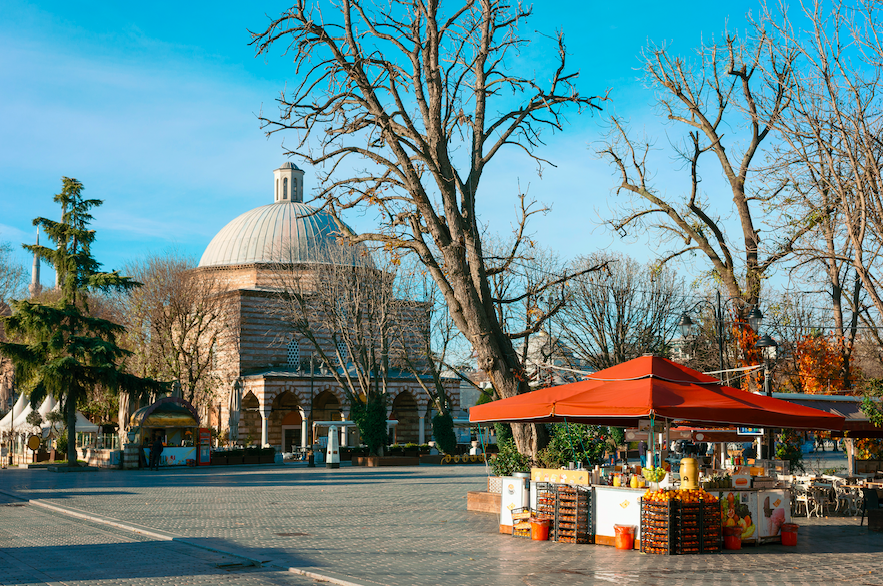



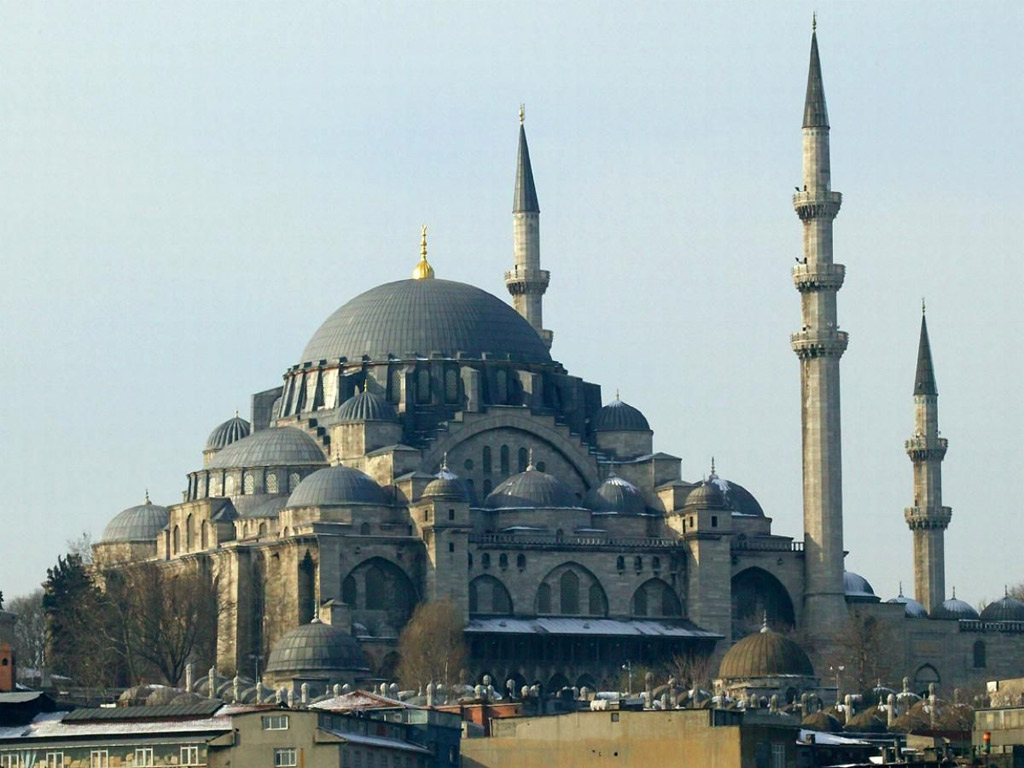
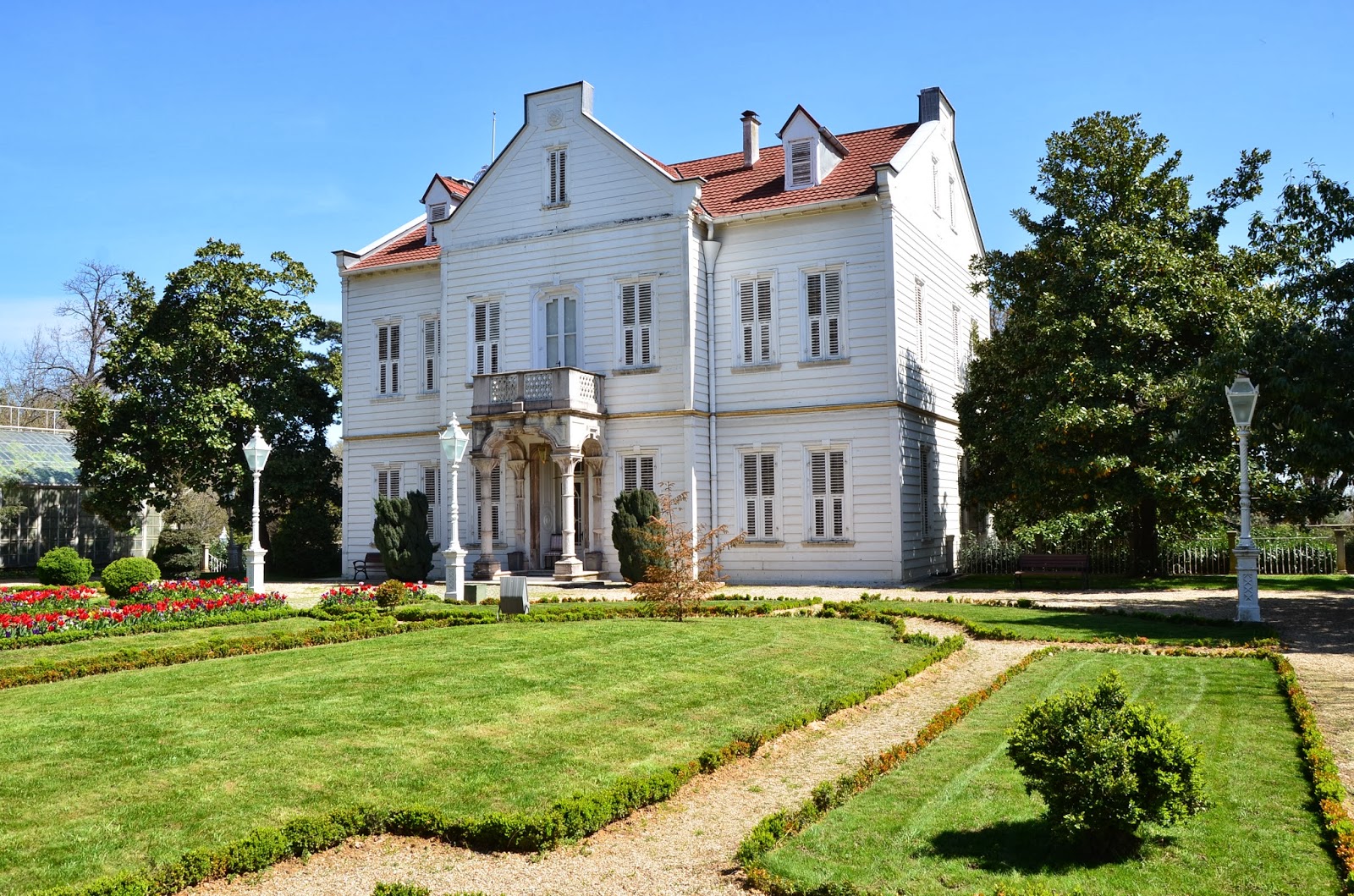
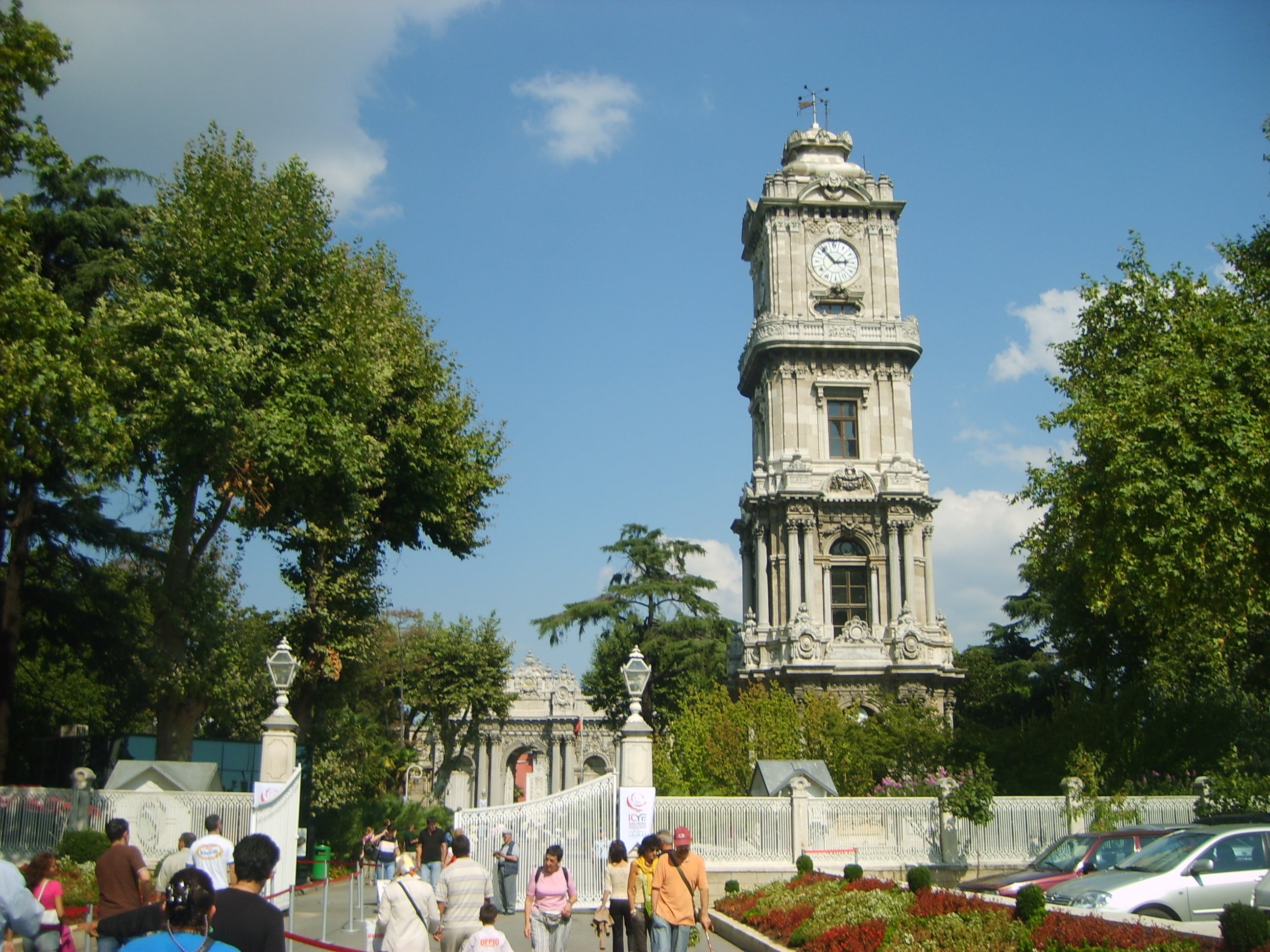
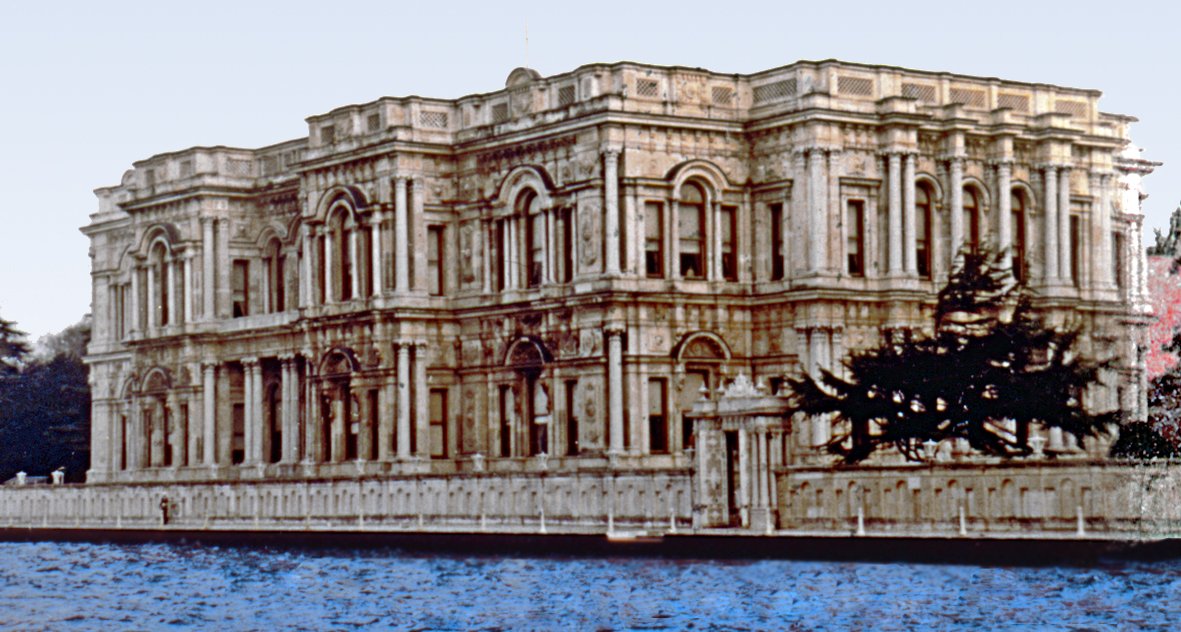
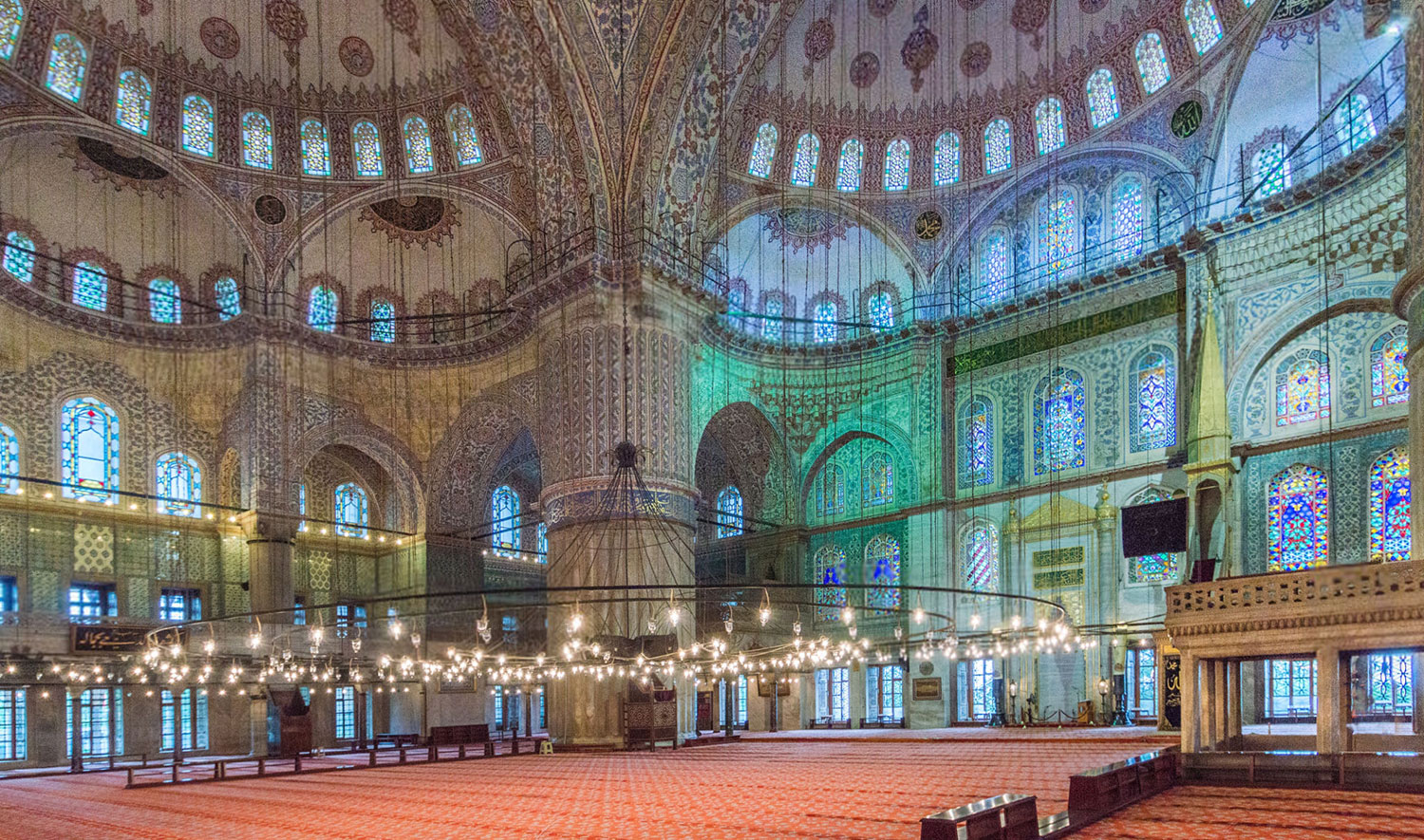
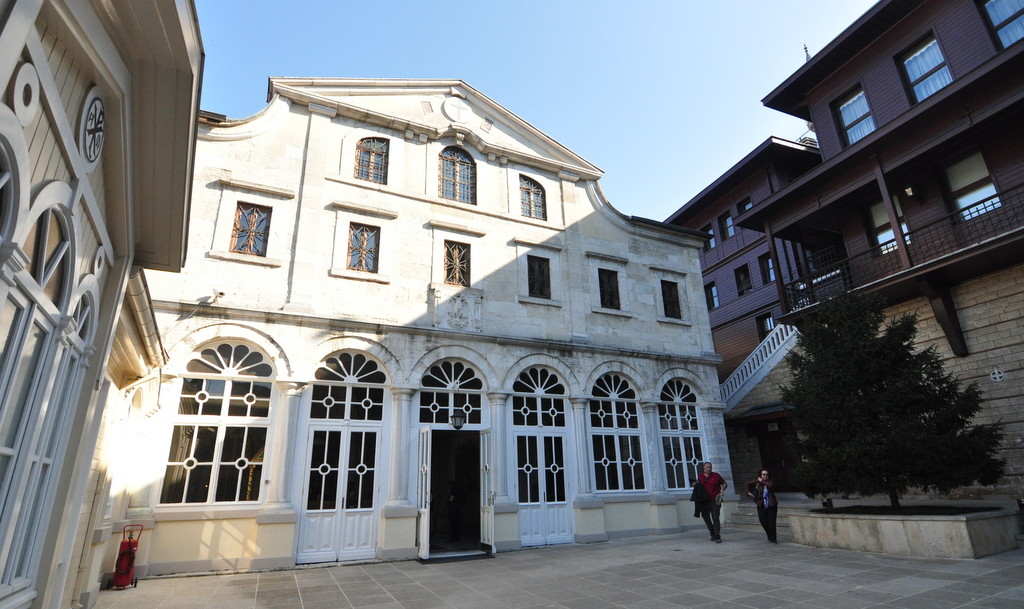

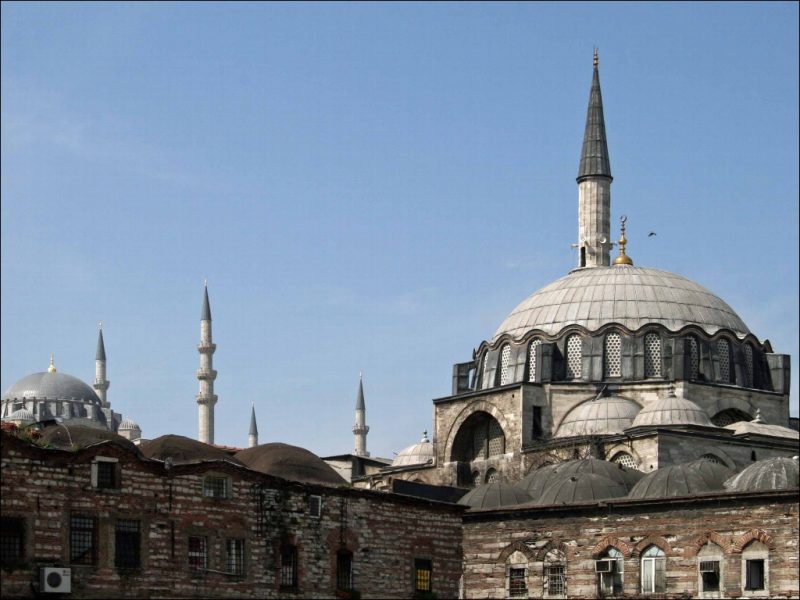
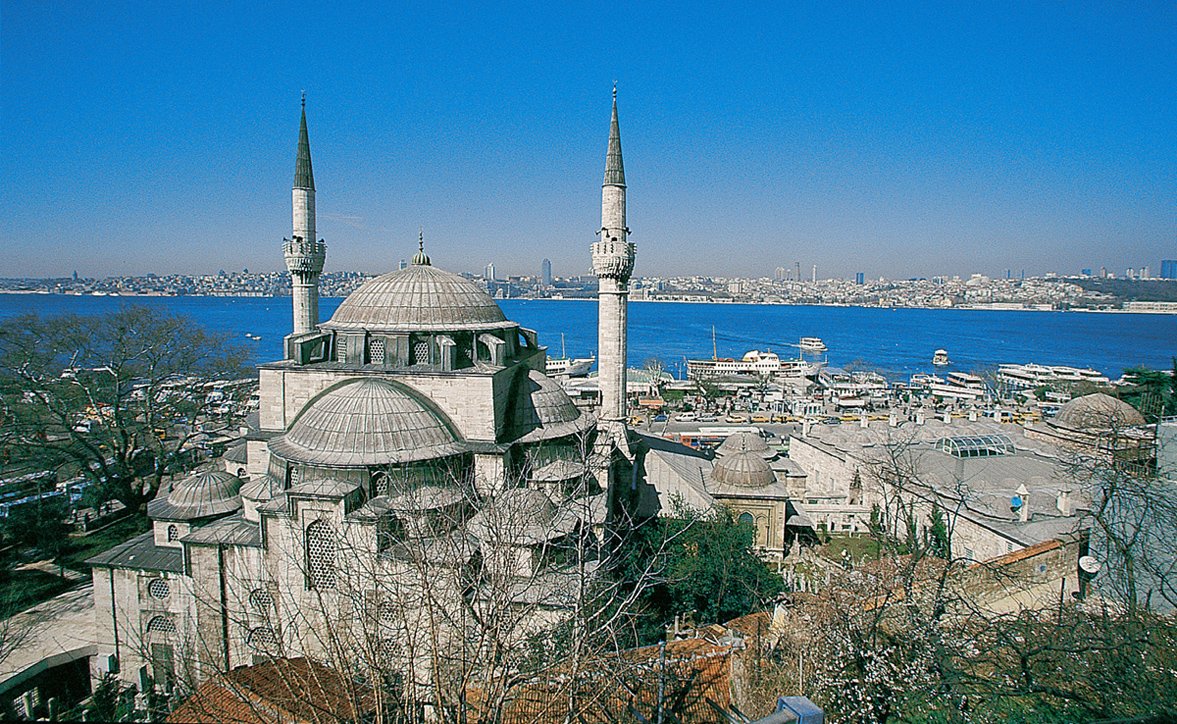
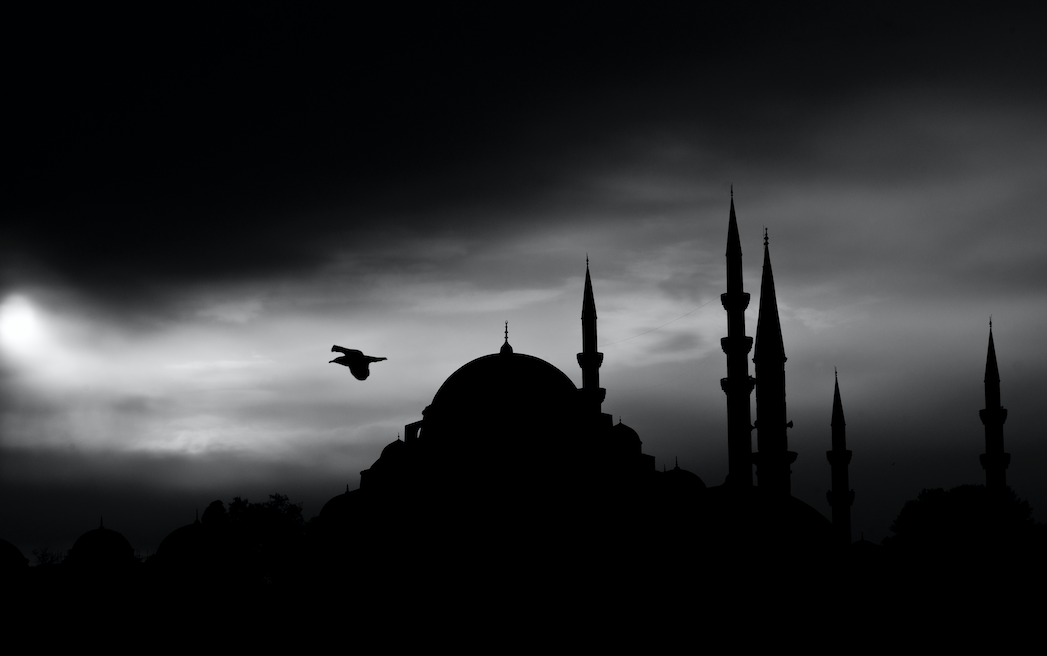



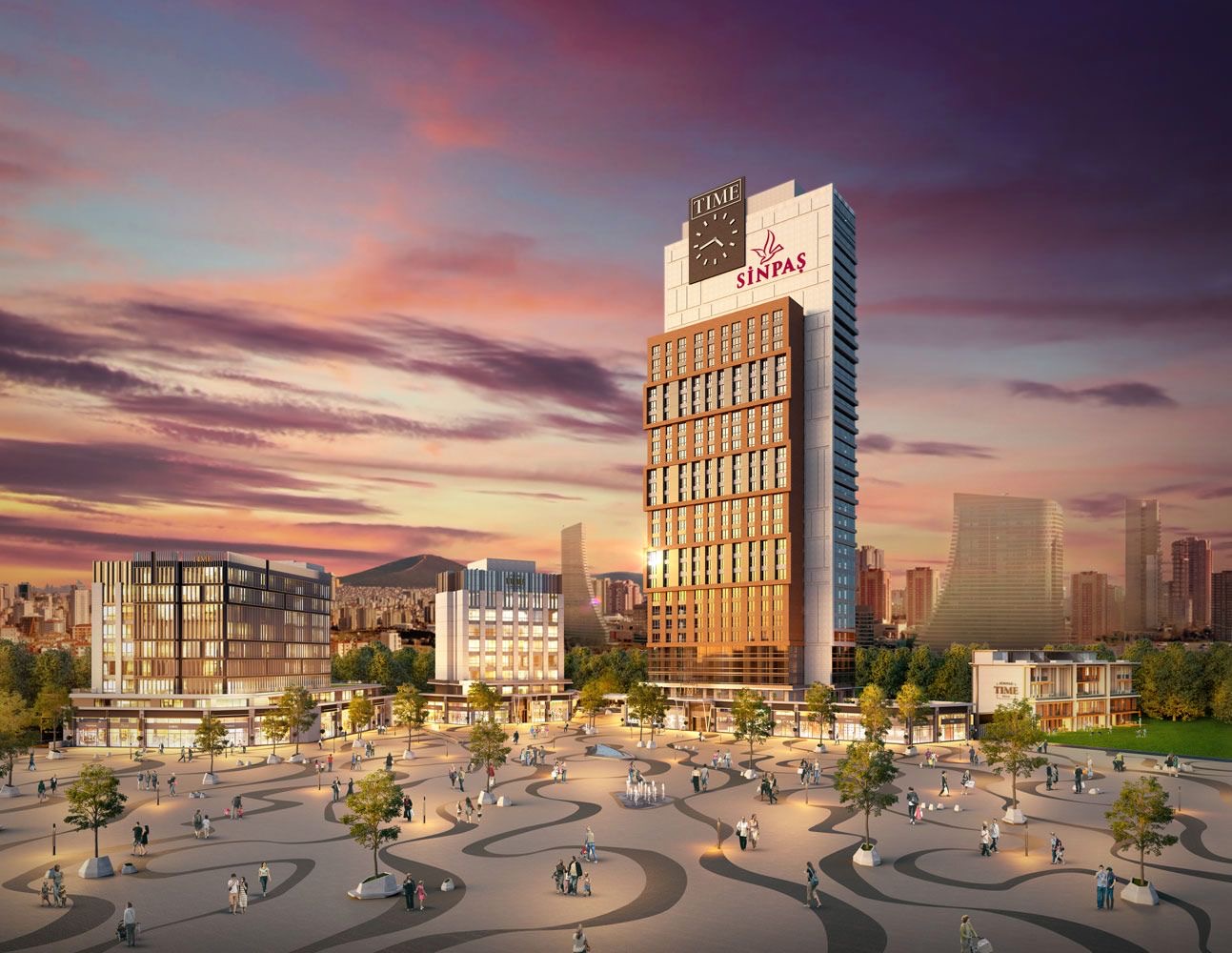

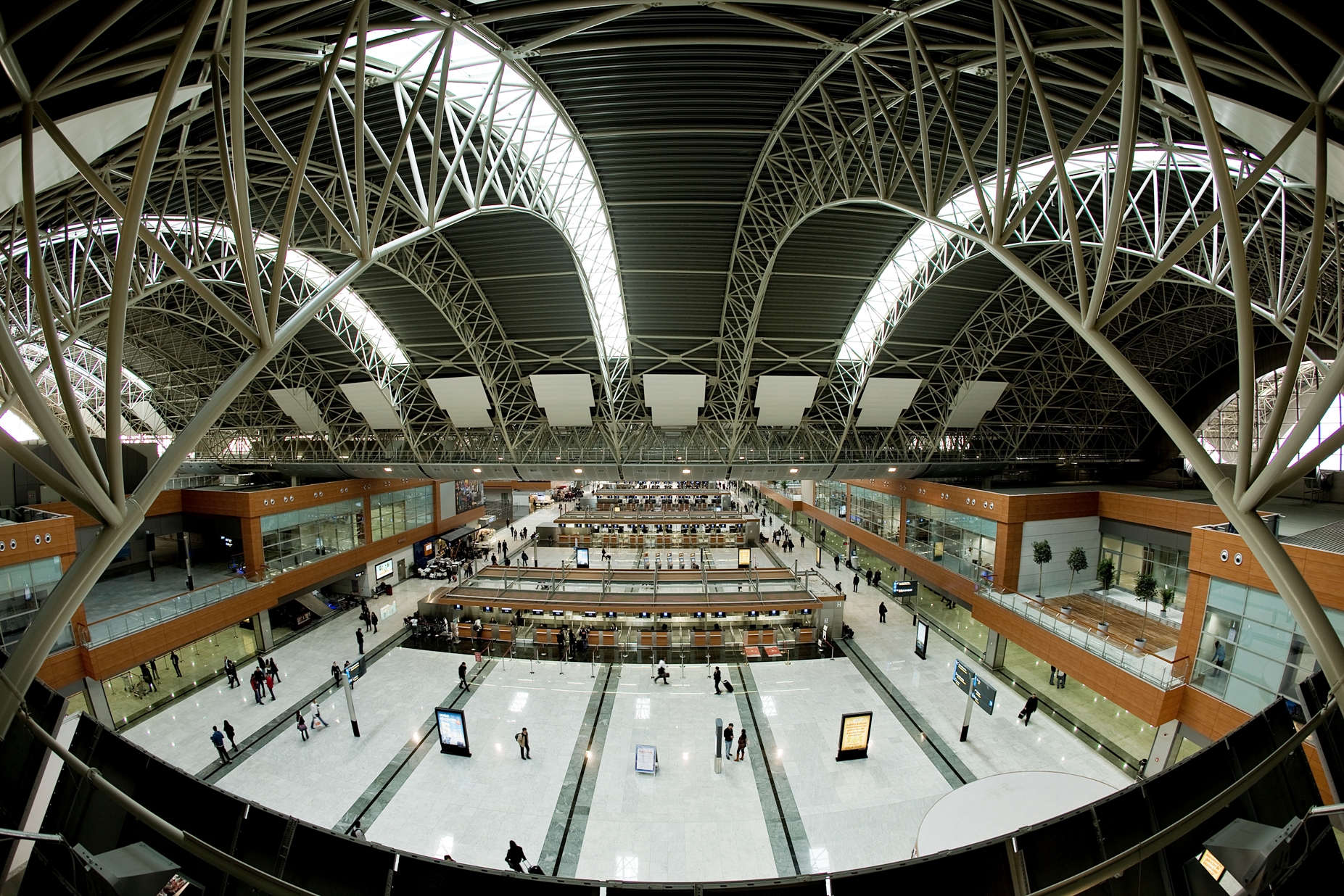

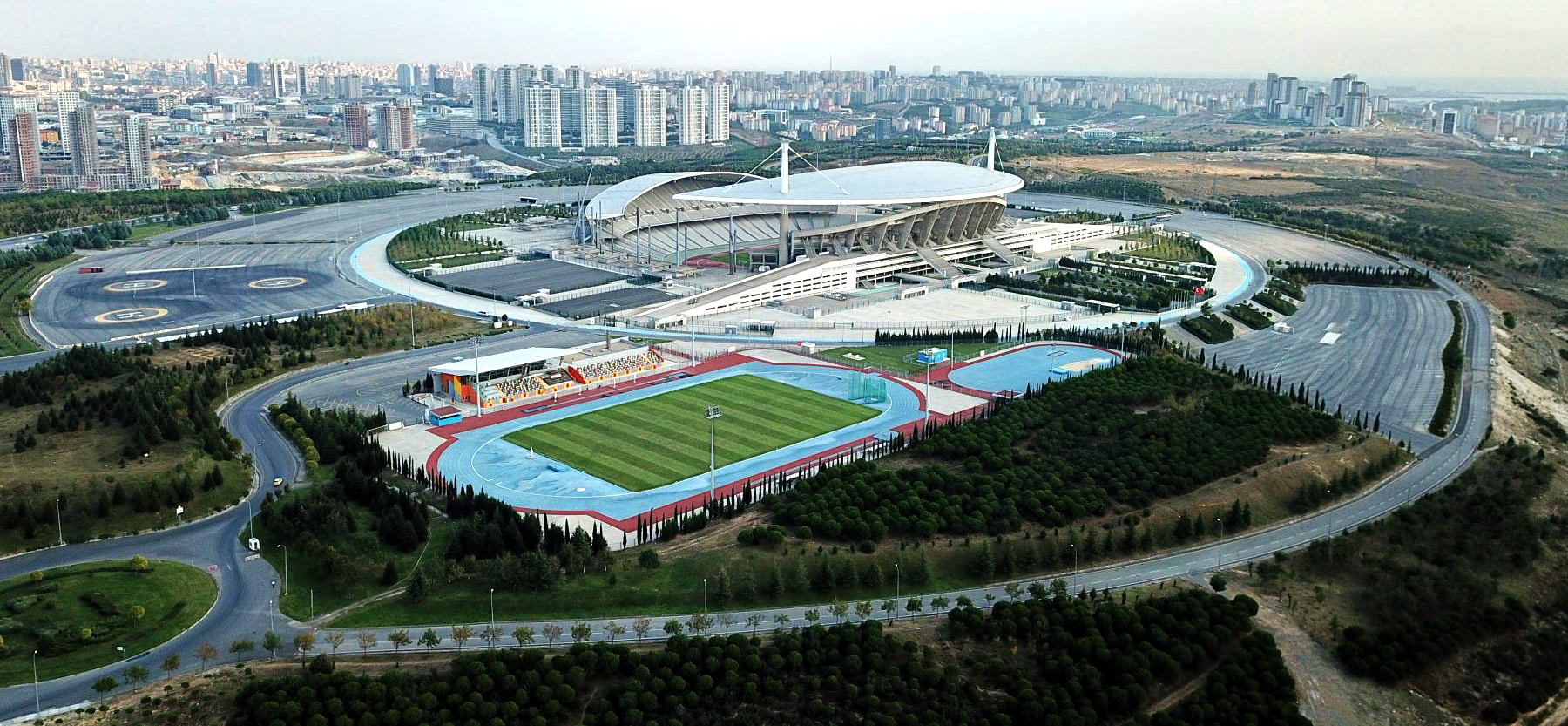
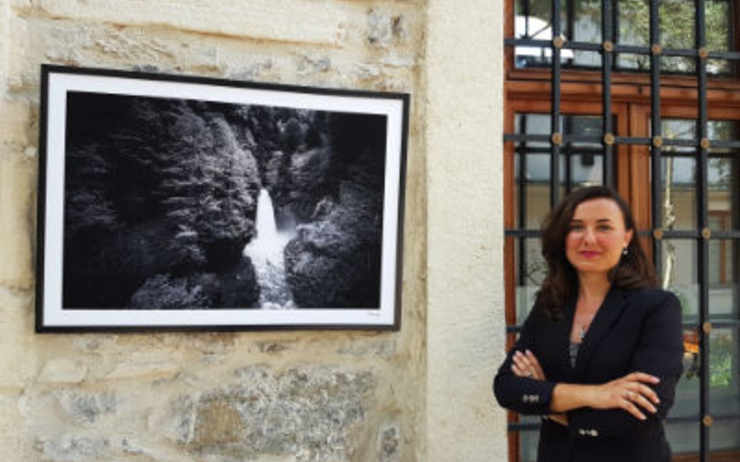
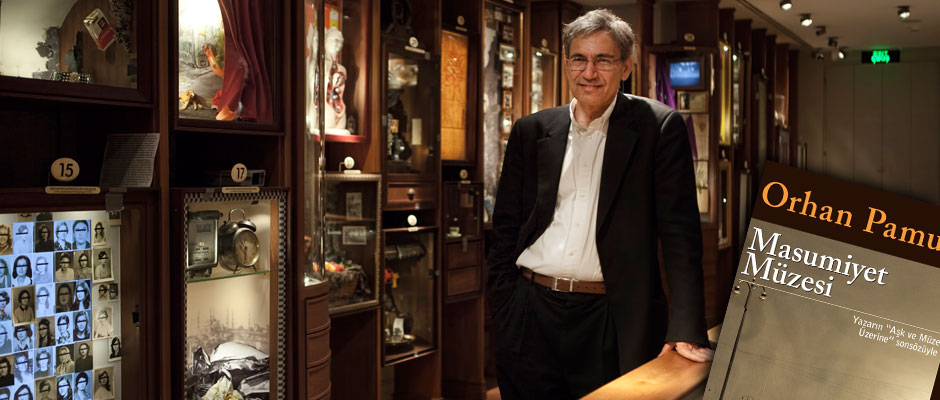


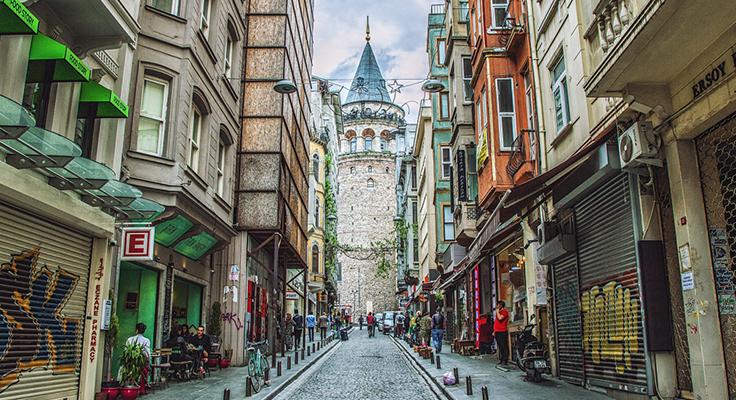
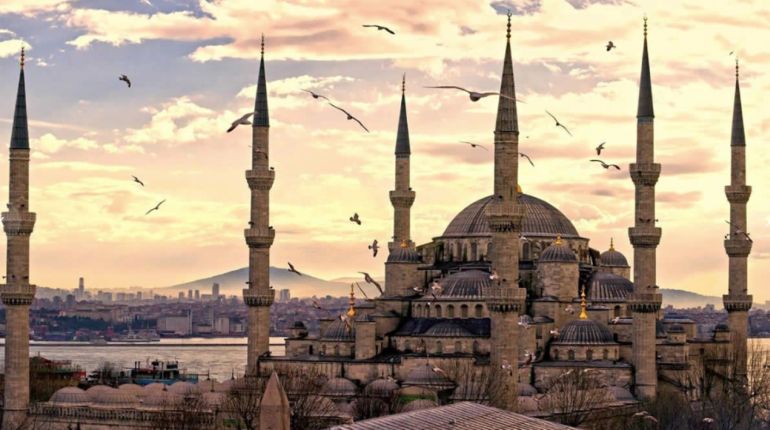
More posts by Etiya Res